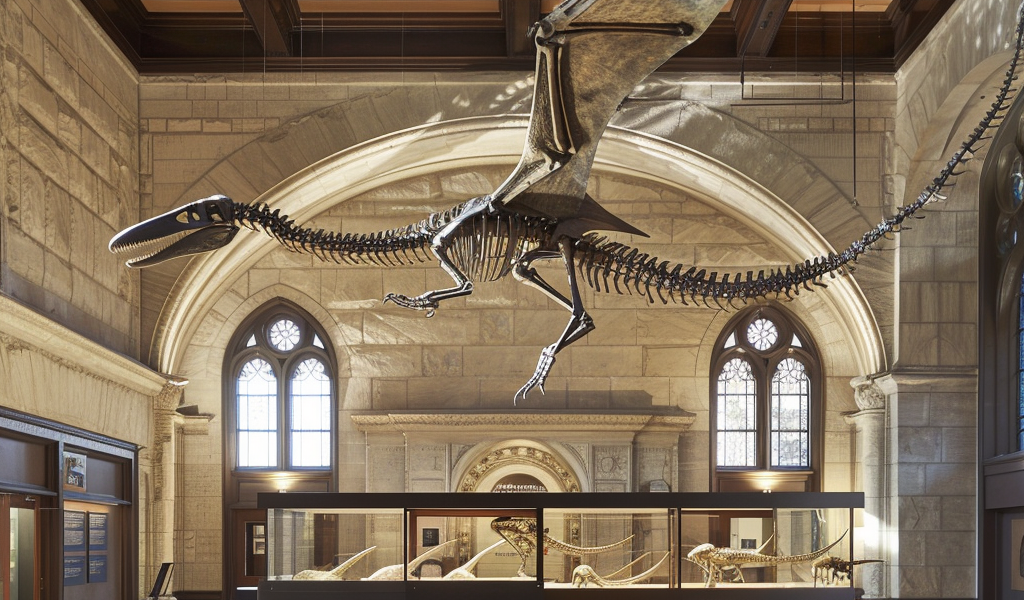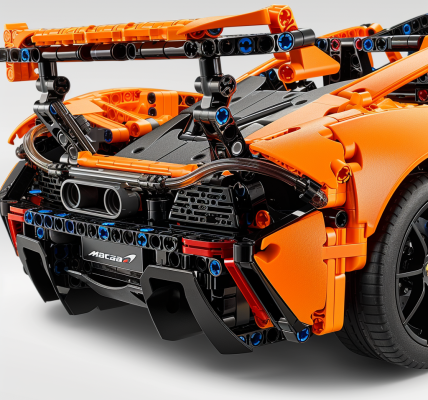When visitors return to the Peabody Museum on March 26, they will be greeted by a family of Pteranodon sternbergi, winged reptiles from the Late Cretaceous, which has taken up permanent residence in the entrance lobby of the newly renovated Yale Peabody Museum.
A life-sized model of a male Pteranodon skeleton with a wingspan stretching 20 feet from tip to tip appears ready to catapult itself from atop the Peabody’s new information desk. A female Pteranodon clings to the lobby’s wall above and to the right of its significantly larger male counterpart, guarding their two babies, a male and a female, which are nestled on a ledge underneath a small arched window.
The family of four will greet visitors to the Peabody when the museum reopens on Tuesday, March 26, at 10 a.m., following a four-year transformative renovation. Guests can pre-book visits on the Peabody’s website. The museum will use a reservation system for the first 30 days after opening to manage anticipated crowds.
Peabody Director David Skelly, the Frank R. Oastler Professor of Ecology at Yale School of the Environment and Yale’s Faculty of Arts and Sciences, stated, “The main entrance lobby now doubles as a Pteranodon rookery. Given that famed Yale paleontologist and Peabody founder O.C. Marsh discovered the first Pteranodon fossils, we thought it fitting to have them welcoming people into the museum. They help set the stage for the museum’s exploration of evolution and biodiversity.”
The renewed Peabody, which now offers free admission for all visitors, is a dynamic center of participatory learning, groundbreaking research, and more accessible exhibitions that present the ever-changing story of life on Earth. The historic renovation expanded the museum’s galleries by more than 50% and added new research spaces, classrooms equipped with the latest audio-visual technology, and an education center for K-12 students from the New Haven area.
And as always, its iconic collection of dinosaur and pre-historic mammal fossils will be on display, including the first-ever Brontosaurus and Stegosaurus skeletons, which have been remounted in dynamic new poses that reflect their long, toothless beaks.





